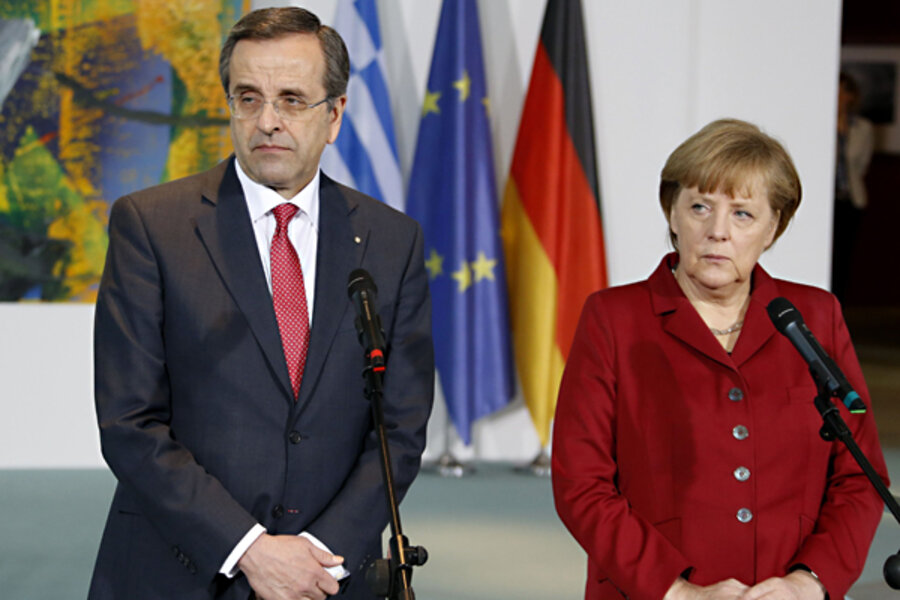Eurozone unemployment reached record high in November
Loading...
| Brussells
Record unemployment and fraying social welfare systems in southern Europe risk creating a new divide in the continent, the EU warned Tuesday, when figures showed joblessness across the 17 EU countries that use the euro hit a new high.
Official data showed eurozone unemployment rose to 11.8 percent in November, the highest since the euro currency was founded in 1999. The rate was up from 11.7 percent in October and 10.6 percent a year earlier.
In the wider 27-nation EU, the world's largest economic block with 500 million people, unemployment broke the 26 million mark for the first time.
Last year " has been another very bad year for Europe in terms of unemployment and the deteriorating social situation," said Laszlo Andor, the EU's Employment Commissioner.
"Moreover, it is unlikely that Europe will see much socio-economic improvement in 2013," he said.
A closer look at the figures shows the rise in unemployment was greatest among those countries — mostly in southern Europe — where market concerns over excessive public debt have pushed governments to make the toughest savings.
States have raised taxes and slashed spending — including by cutting wages and pensions, measures that hit the labor force in the pocket and reduce demand in the economy.
The single biggest increase in unemployment over the past year took place in Greece, where joblessness soared to 26 percent in September, up 7.1 percentage points over September 2011's 18.9 percent. But the highest overall rate in the EU was in Spain, where 26.6 percent of the workforce was jobless in November, up 3.6 percentage points over last year.
By contrast, Austria posted the lowest unemployment rate in the EU, at 4.5 percent. The rate in Luxembourg was 5.1 percent, and the rate in Germany was 5.4 percent.
And increasingly, southern nations are chipping away at their social safety system to make do.
"Most national welfare systems have lost much of their ability to protect household incomes against the effects of the crisis," said Andor.
The figures illustrate the daunting tasks confronting the European Union. While the threat of a collapse of the eurozone due to too much government debt may have receded, many national economies wallow in recession and joblessness continues to rise, creating poverty and fueling social discontent.
"A new divide is emerging between countries that seem trapped in a downward spiral of falling output, fast rising unemployment and eroding disposable incomes and those that have so far shown good or at least some resilience," a statement from Andor's office said.
Beyond savings cuts, governments have also made reforms — particularly of labor practices and education — to promote employment. But they take time, both to enact and to feed through an economy.
As unemployment across the eurozone continues to rise, many analysts are concerned whether the political will to continue to cut budgets can be sustained.
"We expect the unemployment rate at the eurozone level to continue to rise from 11.8 percent in the latest figures to 12.5 percent by early 2014, as eurozone businesses and households remain wary, and governments continue to cut back," said Tom Rogers of Ernst & Young Eurozone Forecast.
One bright spot in Tuesday's EU statistical releases were new figures showing economic sentiment in the eurozone had improved in December. The so-called economic sentiment indicator rose by 1.3 points to 87 as confidence improved among consumers and almost all business sectors.
Analysts said it was likely a result of improvements in financial markets, but warned that with unemployment still high, a recovery in the economy was months away.







